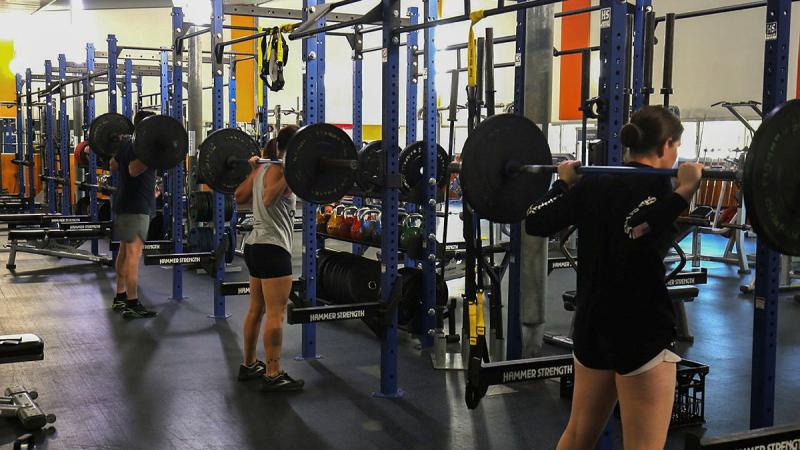Across South Australia, communities are often warned to prepare for impending disasters, be it to sandbag for predicted heavy rains or clearing out gutters during bushfire season; but how easy is it and how prepared are we for a future that could potentially see an increase in extreme weather events?
A new survey, led by Flinders University and supported by the South Australia Fire and Emergency Services Commission alongside SA’s State Emergency Service, Country Fire Service, Local Government Association and the Red Cross, is asking just that and inviting people to voice their opinions on what advice is actually achievable and helpful.

Project Chief Investigator, Associate Professor Amanda Muller from Flinders University’s Torrens Resilience Initiative, says the survey offers an opportunity for individuals to voice their perspectives and contribute to a better understanding of community resilience.
“The disaster sector is very good at producing consumer advice, preparation scorecards and checklists of activities, but there is less understanding of how effective the advice is and whether people can actually follow it,” says Associate Professor Muller from Flinders’ College of Nursing and Health Sciences.
“What works for one person may not be feasible for another, and up until now there has been very little done to compare how different people prepare for disasters, the relative difficulty of preparing for one disaster over another, or what preparation activities are the most difficult.”
The 20-minute questionnaire invites participants to anonymously rank common preparation tasks and provide reasons behind their difficulty or ease of implementation. It will also compare the different types of tasks recommended for each disaster, with fire, heatwave, drought, storm/high winds, flood, and earthquake all included.
The survey aims to establish:
- What are the easier and more difficult preparation list items, by disaster?
- How do different demographics vary in preparedness, by disaster?
- Whether some disaster types are extremely difficult or easy to prepare for?
“Ranking tasks by difficulty alongside the specific demographic profiles will help emergency service organisations to develop supportive actions and education where it is needed most, and to also identify communities likely to be very good at preparing for disasters that could be studied for what they are doing well,” says Associate Professor Muller.
“This survey underscores the significance of community engagement in bolstering our disaster resilience.
“By sharing their experiences, South Australians can help identify factors that influence how prepared they are and inform targeted interventions to address gaps and pressure points, thereby helping to ensure the future safety of our communities.”
You can access the survey here: https://qualtrics.flinders.edu.au/jfe/form/SV_eQCqaJxdr2Z8QoC. The project has been approved by Flinders University’s Human Research Ethics Committee (#6861) and funded by the South Australia Fire and Emergency Services Commission.








